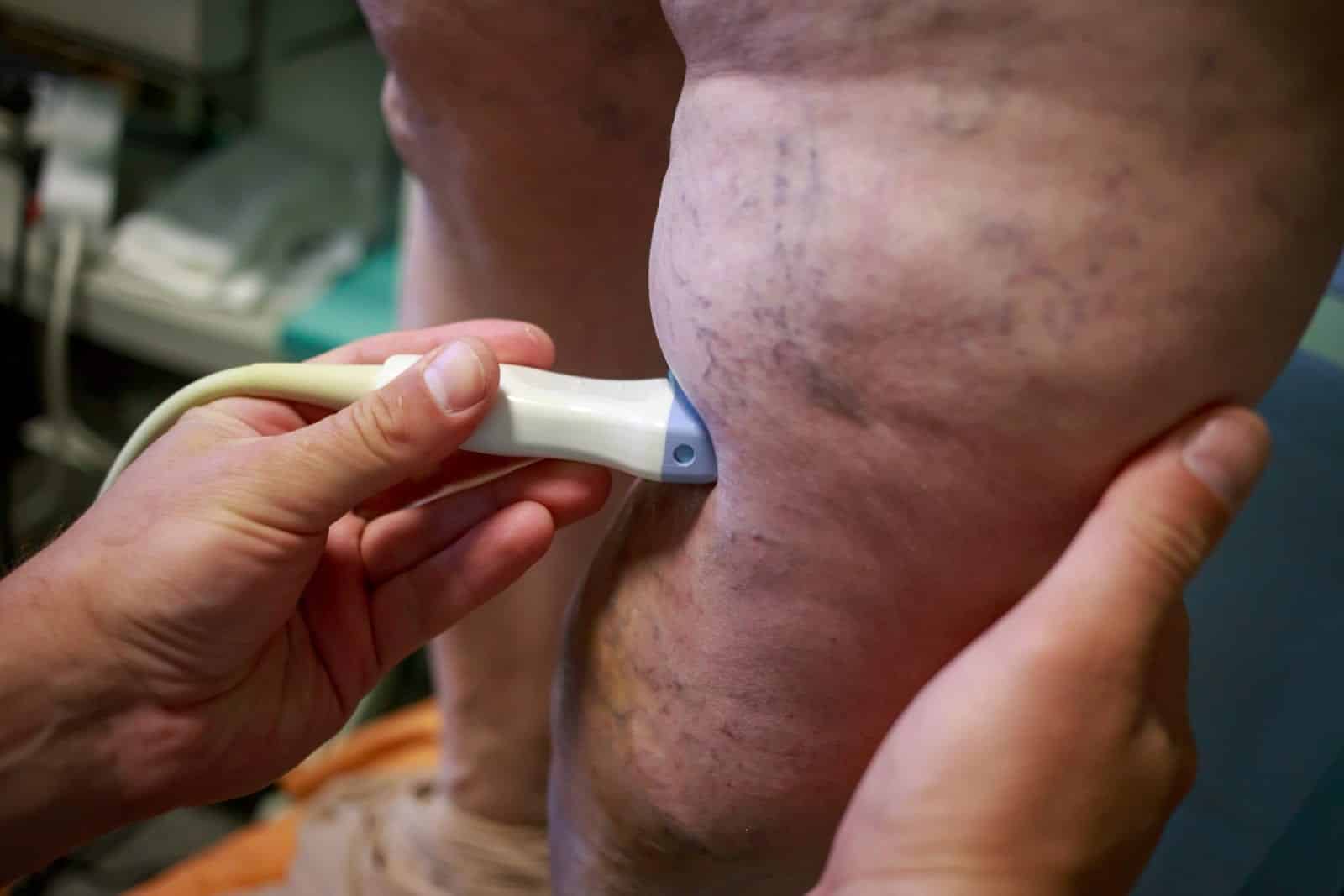Call to speak to a Licensed Insurance Agent
Mon - Fri 8am – 8pm EST; Sat - Sun 10am - 6pm EST

Sclerotherapy has been around since the 19th century. The procedure has improved over the years and it’s still a common way to treat Varicose veins.
If you’re considering this procedure and have Medicare, you are probably wondering “does Medicare cover sclerotherapy?”
In this article, we answer this question in clear, plain English. You will also find the average costs of sclerotherapy, as well as other helpful info.
The short answer is yes, Medicare will cover the cost of sclerotherapy. But not 100% of the time. As is often the case with Medicare, certain conditions have to be met in order for Medicare to pay for your sclerotherapy. Below we look at what these are so you know what to expect.
Original Medicare and Medicare Advantage only cover sclerotherapy if it is medically necessary. And Medicare Part B may also cover the cost of anesthesia used to numb the area being treated.
However, if the procedure is done for non-medical issues, such as cosmetic concerns, Medicare may not cover it.
Even though Medicare usually covers this treatment, you may still have to shoulder some expenses, including deductibles, coinsurance, and copayment costs. Also, if you have Medicare Advantage plans, the coverage and out of pocket expenses will vary depending on your plan. Be sure to check with your plan provider to find out exactly what your plan will cover.
The cost of Sclerotherapy treatment averages around $340. However, the average cost of the procedure itself is only part of the total price. That $340 is for the procedure itself. It does not factor in any anesthesia, operating room facilities, surgeon’s fee, or other related expenses such as post-treatment garments.
The costs of the treatment may also differ. This depends on the method of treatment you chose, as well as the number of treatments that are required.
Sclerotherapy is a procedure to make the blood vessels or lymph vessels shrink by injecting a certain medicine into them. Most of the time, this procedure is used to treat Varicose veins, also known as spider veins. Still, it can also treat other conditions such as Malformed lymph vessels, Hemorrhoids, and Hydroceles.
Varicose veins occur when the veins (most of the time in the legs) swell and bulge. It usually happens because the vein walls are weak, and in turn, so are the vein valves. As a result, the blood builds up on the veins, which causes swelling and changes in appearance.
In addition to that, it also causes skin issues, including rashes. Sclerotherapy shrinks the veins to reduce the varicose veins’ effect and make it less painful.
Sclerotherapy is not the only available treatment for spider veins. There are other options available. Your doctor will recommend the treatment to you if he/she thinks that sclerotherapy is necessary. Most of the time a doctor will consider sclerotherapy medically necessary when:
Note: Medicare coverage changes all the time. And your specific coverage may vary from plan to plan for Medicare Advantage and Medigap plans. Always be sure to double check with your health care provider and/or Medicare insurance provider about what your plan covers and what it does not.
This article is part of our series on “What does Medicare cover?”
Also, you can check out other articles in this series including: Does Medicare cover compression sleeves?